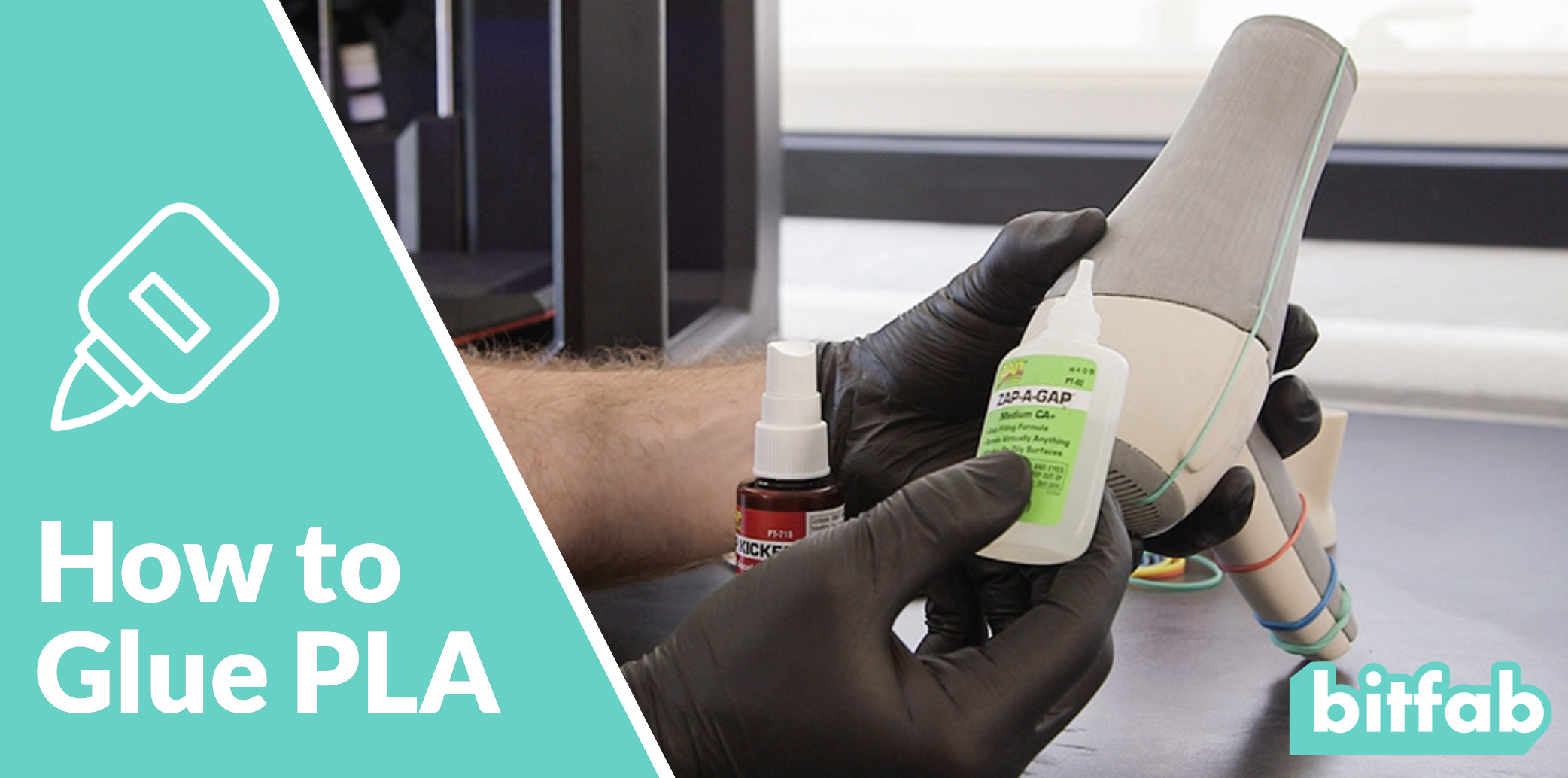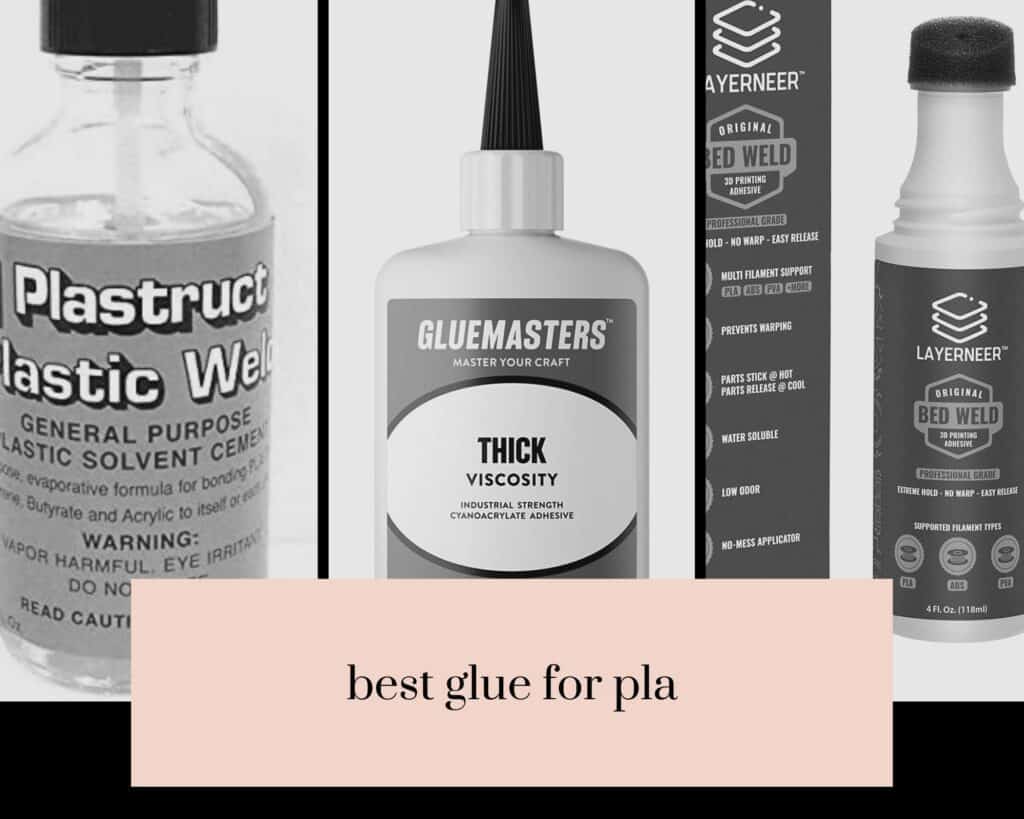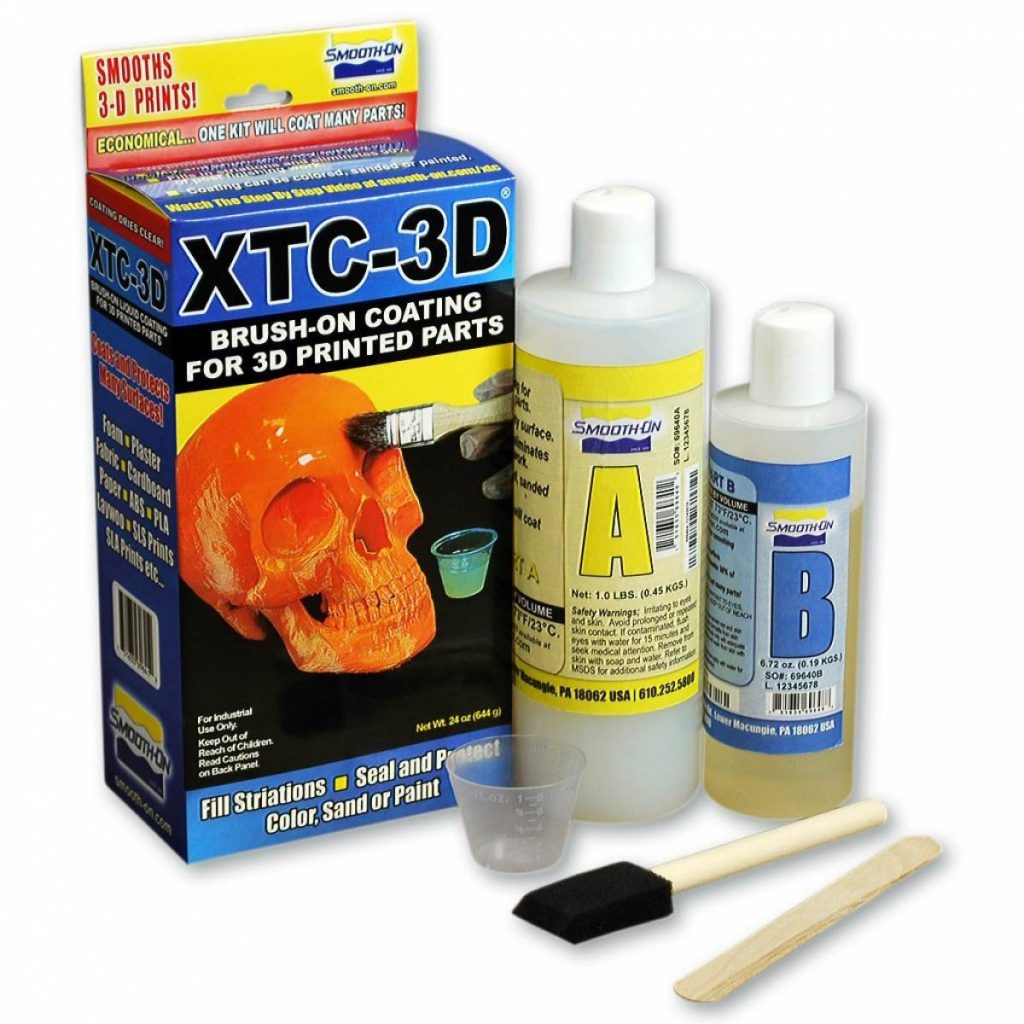Polylactic Acid (PLA) is a popular biodegradable thermoplastic, widely used in 3D printing. However, creating large or complex structures often requires individual pieces to be bonded together. This is where understanding how to glue PLA becomes crucial. Selecting the right adhesive for PLA not only ensures a strong bond but also affects the aesthetics and structural integrity of your project. Let’s delve into the science behind PLA bonding and compare the adhesives available.
The Science of PLA Bonding
When glueing PLA together, it’s essential to comprehend the molecular interaction between the plastic and the adhesive. PLA is a polyester, which means it has a rigid molecular structure that can be challenging to bond. Some adhesives work by slightly melting the surface, allowing the PLA molecules to interlink with the glue. Others create a mechanical bond, where the glue hardens into a structure that holds the PLA pieces together. The key is to choose a product that can achieve either of these bonding methods effectively.
Comparing PLA Glues
In the quest for the best 3D print glue, one encounters various options, each with its pros and cons. Cyanoacrylate glues, or superglues, are renowned for their quick bonding time and strength. However, they lack flexibility. Epoxy resins, on the other hand, offer a more durable bond and can fill gaps but require a longer curing time. Additionally, specialized 3D printing adhesives have been formulated to provide a balance of quick setting time, strength, and ease of use. Understanding their differences is key to deciding which adhesive for PLA is optimal for your project.
How to Glue PLA: A Step-by-Step Guide
Successfully bonding PLA components requires more than just a good PLA glue; it demands a systematic approach. From surface preparation to the final curing stage, each step plays a pivotal role in achieving a robust bond. Follow this comprehensive guide to ensure your PLA creations are well-assembled and durable.
Choosing the Best Glue for 3D Printed PLA
When selecting the best adhesive for PLA, consider the demands of your project. Will the bond need to withstand tension or heat? How important are curing time and ease of use? For instance, superglue is ideal for quick repairs with minimal gap filling, whereas epoxies are better suited for joins requiring high strength or gap filling. Assess the needs of your project to determine the best glue for PLA.
Surface Preparation for Glueing PLA Together
- Clean both surfaces to remove dust, grease, or residue.
- If possible, slightly roughen the areas to be bonded with fine-grit sandpaper to enhance the adhesive’s grip.
- Ensure the pieces fit well together before applying the glue.
Proper surface preparation is critical in how to glue PLA together. A clean and roughened surface increases the effective bonding area, allowing for a stronger adhesion.
Applying the Adhesive for PLA
Apply a thin layer of glue to one of the surfaces, taking care not to use too much, as this can weaken the bond and create a mess. If you’re using an epoxy, mix it according to the manufacturer’s instructions before applying. Gently press the pieces together to spread the adhesive evenly.
Clamping and Curing: How to Bond PLA
Once the PLA glue is applied, align the parts precisely and clamp them together. Avoid moving the pieces once they’re clamped, as this can weaken the bond. Refer to the adhesive’s packaging for the recommended curing time, and don’t stress the bond before this period has elapsed. Proper clamping and patience during curing are essential when learning how to bond PLA effectively.
Advanced Techniques for Glueing PLA Together
For those seeking a more robust or specialized bond, advanced techniques such as epoxy bonding and solvent welding are worth exploring. These methods can yield superior strength and finish, making them suitable for demanding applications.
Using Epoxy for PLA Bonding
Epoxy is often hailed as the best epoxy for PLA due to its strong, gap-filling properties. When using epoxy, thoroughly mix equal parts of resin and hardener, apply the mixture to the PLA surfaces, and clamp them together. Epoxy typically requires several hours to cure fully, so ensure you allow ample time for the bond to solidify.
Solvent Welding PLA
Solvent welding is another advanced technique that involves a chemical solvent to partially melt and fuse the PLA pieces at a molecular level. While effective, this technique demands precision and safety precautions due to the chemicals involved. It’s best suited for experienced users who require a seamless bond.
The Best 3D Print Glue: Product Recommendations
With a myriad of options available, finding the best glue for 3D printed PLA can be daunting. To help narrow down the choices, we’ve compiled a list of highly recommended products known for their effectiveness in bonding PLA.
Best Glue for PLA
For general-purpose use, cyanoacrylate-based superglues are often recommended. They provide a fast and relatively strong bond, making them great for quick fixes or projects without extreme stress requirements.
Best Epoxy for PLA
If you require a stronger, more resilient bond, a two-part epoxy resin is an excellent choice. Look for brands that cater specifically to the needs of 3D printing enthusiasts, as they tend to offer the best results for PLA adhesion.
Best Adhesive for PLA: User Reviews
When in doubt, turn to the experiences of fellow 3D printing enthusiasts. User reviews can provide real-world insights into how products perform, helping you make an informed choice on the best adhesive for PLA. Online forums and dedicated review sites are excellent resources for such information. Remember to also consider your project’s unique requirements when making your decision.
Troubleshooting Common Issues When Glueing PLA
Even with the best preparations, you may encounter issues when glueing PLA together. Let’s explore how to address some of the most common complications and ensure a strong, clean bond.
How to Fix Weak Bonds
If you find that the bond between your PLA pieces is weaker than expected, it could be due to inadequate surface preparation or improper application of the glue. Reassess the bonding process, ensuring that surfaces are clean, sufficiently roughened, and that the proper amount of adhesive is used. If necessary, remove the weak bond, prep the surfaces again, and reapply the adhesive with greater care.
Dealing with Excess Glue on PLA
Excess glue can mar the appearance of your project and potentially weaken the bond. If you notice excess adhesive, act quickly. For uncured superglue, use a cloth dampened with acetone or nail polish remover to wipe it away. For epoxy, you may need to wait until it’s semi-solid and then carefully remove it with a razor blade or sand it down once fully cured.
Final Thoughts and Additional Considerations
Understanding how to glue PLA is more than a simple process — it’s an essential skill for any 3D printing enthusiast. With a clear grasp of the techniques and products available, you can ensure that your PLA projects are both durable and visually appealing.
Long-Term Durability of Glued PLA Joints
When evaluating the effectiveness of your bonding efforts, consider the long-term durability of the glued joints. Factors such as stress, temperature, and humidity can affect the longevity of the bond. Use adhesives known for their resistance to environmental factors to maximize the lifespan of your PLA creations.
Environmental Factors Affecting PLA Adhesion
Lastly, be aware of the environmental factors that can impact how to glue PLA together. Temperature fluctuations and moisture can compromise the bond, so it’s advisable to store and display your PLA objects in stable conditions whenever possible. By doing so, you ensure that your projects remain intact and beautiful for years to come.
In conclusion, mastering the art of glueing PLA together opens up a world of possibilities for your 3D printing projects. Whether you’re repairing a broken piece or creating an intricate multi-part model, the tips and recommendations provided here will equip you with the knowledge to achieve strong, reliable bonds. For more guidance on similar topics, explore our in-depth tutorials on how to glue PTFE and how to glue PETG, and take your 3D printing expertise to the next level.




